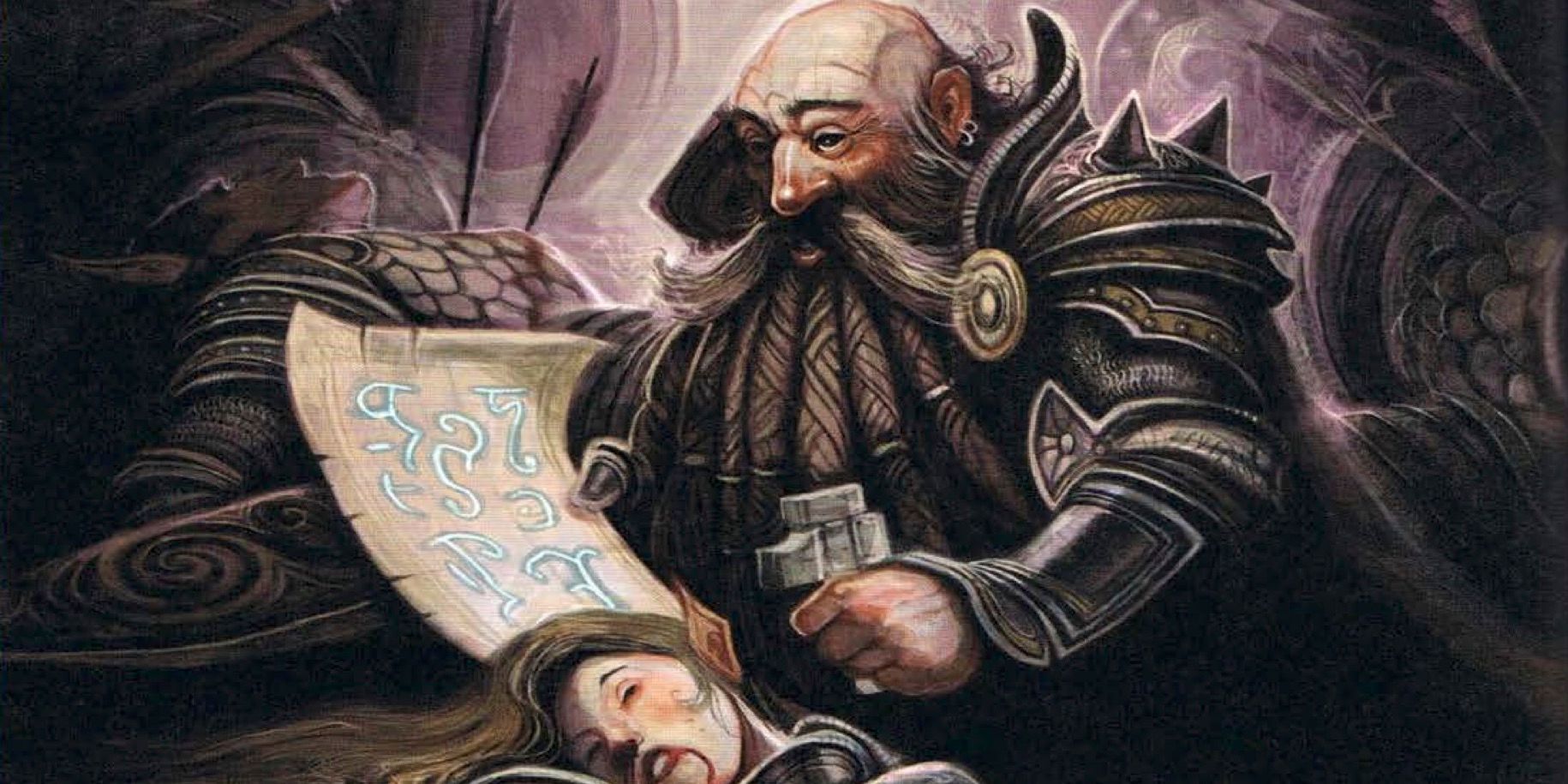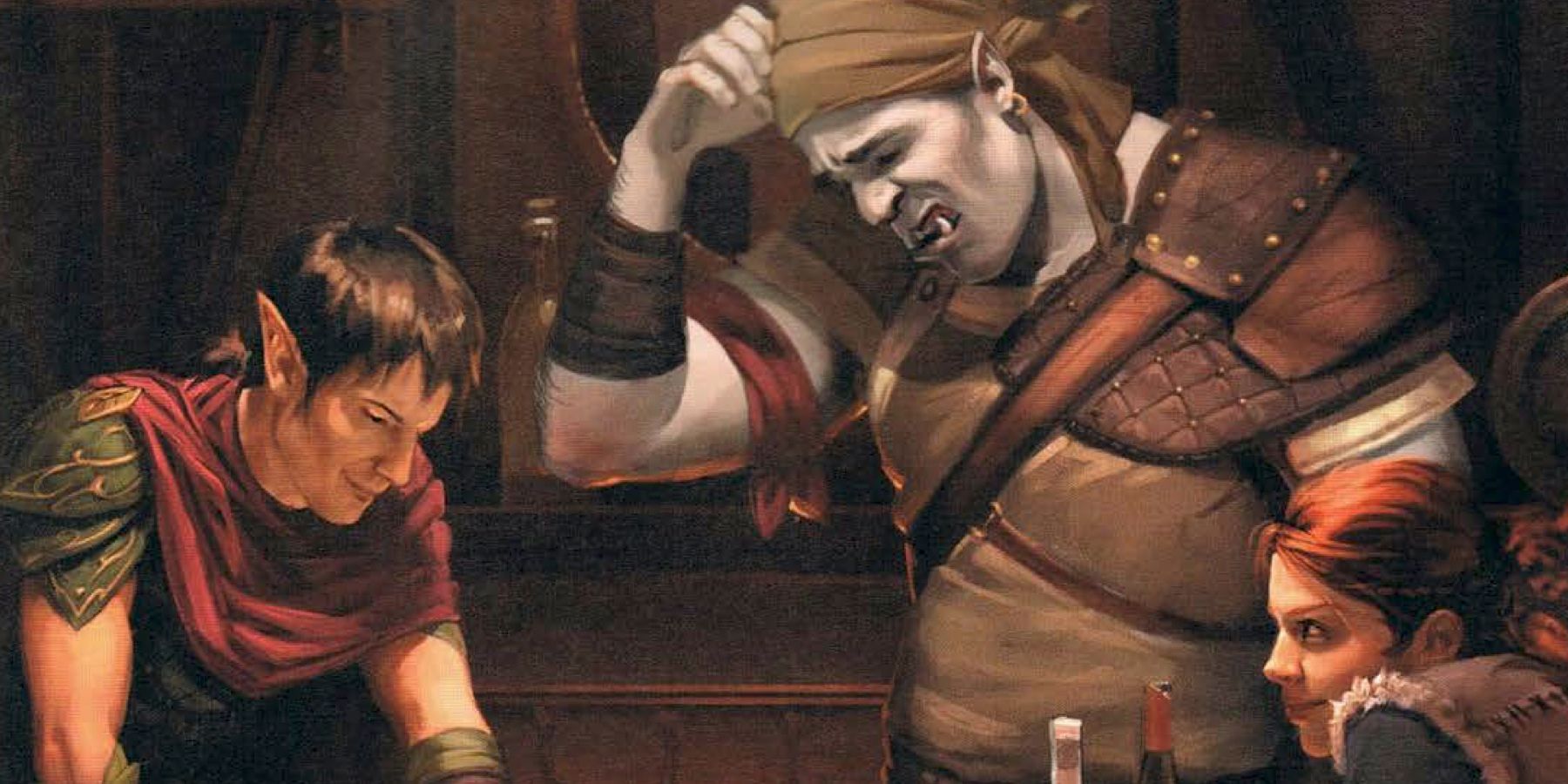Player character deaths are an inevitable part of playing Dungeons & Dragons, but that doesn't make them any easier to handle when they occur. In a long campaign, when you've spent months or more roleplaying as or alongside a character, they can start to feel like a friend. This means losing them, even if it's only temporarily, a devastating experience for everyone involved. Here are some ways players and Dungeon Masters can soften such a blow and make even a senseless death more meaningful.
After the excitement of the perpetrating hazard dies down, take some time to let characters react. Those who are stoic and jaded may hold steadfast, or they may turn their back and quietly break down. Others may remain in denial for a time and attempt to resuscitate the fallen. Others still may bury their face in the shoulder of another and cry.
Even if such reactions don't move the plot forward, they give the living characters a rare opportunity for character building. How a person reacts to death says a lot about who they are. More importantly, these responses -- whether strong or not -- will tell the bereaved player in their moment of pain that their character meant something to both the playgroup and the party. It can make an otherwise sad and frustrating event a moving one.
Death can be reversed in Dungeons & Dragons, and beyond certain levels, given the means, a party can bring their dead comrade back to life with a quick trip to town and a hefty fee. Without a homebrew system in place to increase the stakes, this might seem to cheapen death. But at earlier levels, when death is more permanent, players should consider inventing a personal tradition for death based on their character's race, class and background. A Cleric of Chauntea, goddess of the harvest, may anoint a corpse with camphor oil, crown it with a ring of barley and say a funeral rite. A sailor Fighter, meanwhile, may air two grievances and three kind words. A Barbarian outlander may cut their own hand and leave a palmprint of blood on the deceased's face.
If a playgroup at higher levels still feels like the ease of resurrection cheapens death, they could make resurrections themselves more momentous. Letting a player narrate and describe their own character's return gives them back a measure of control that was lost when their character died. If the playgroup is pro-background music, the bereaved player might be permitted to play an appropriate track of their choice during the resurrection, be it solemn or triumphant. If the player needs ideas for the description, details related to the method of resurrection -- themed around the nature of the magic involved, whether divine, druidic or bardic -- is a great place to start.
Coping with a character death doesn't end when the session is over. Players and the DM alike should console the bereaved player, taking some time to talk through feelings and express sympathy -- perhaps over drinks, sundaes or some other treat.


